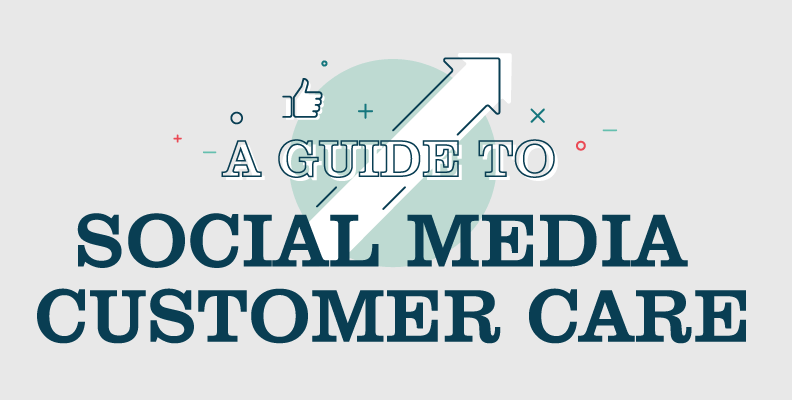How Can a Small Business Recover From Negative Cash Flow?
Cash flow issues might happen every so often in a small business environment, but they’re not always a sign that you’re in danger. Sometimes, an unplanned repair or slow month can cause your operating expenses to exceed your income in that period. Or, maybe you had a client that paid late and backed up your finances. However, if you frequently experience a very low or negative cash flow, it’s a good idea to seriously review your processes and adapt your business.
Without a liquid reserve or quick and easy access to working capital, a cash flow shortage can lead to major issues for small businesses. If you need to turn things around, here are some strategies you can use to recover from a negative cash flow now.
1. Trim Expenses
When you’re short on cash, the first thing to look at is your business budget. Even in a small business setting, there’s probably something you can cut down on or eliminate from your expenses. Making small changes, like turning your computers off at night or switching to energy-efficient fixtures, can lead to real cost savings down the line.
As a small business owner, some of your biggest expenses are likely labor or rent. Strategic scheduling, like remote-flexible positions or need-based staffing, can help you save a significant amount on office expenses and space. Similarly, contract-based employment models are another way to lower backend expenses since you’re not paying for things like employee taxes.
2. Update Your Payment Terms
It may be hard to avoid cash flow issues if your payment terms are lenient or too far out. Always make sure to issue invoices immediately, and if possible, tighten your payment terms to help bring money in sooner. You may also be able to negotiate more favorable payment terms with your commercial vendors or partners, particularly if you maintain a good working relationship.
3. Closely Monitor Your Inventory
It’s tempting to keep a large supply of inventory on hand, but old, unused or unsellable product can be a liability for your company rather than an asset. Instead, fine-tune your storage and order fulfillment workflow. For advanced needs, look for an inventory management software platform that integrates directly with your accounting software to make your system more efficient.
4. Utilize Clearance Sales and Bundling Tactics
Clearance and end-of-season sales can help you quickly eliminate older products and bring in more cash. Make sure to advertise your event and tell customers about it in person. You could also strategically bundle relevant products together to help boost sales and move stock, like a welcome package with additional accessories (sold at a higher price point) to entice new customers.
5. Evaluate Your Pricing
Look to your competitors; are your prices in line with similar businesses in your field and in your area? If you’re not offering a competitive price, prospective customers will likely shop elsewhere. But before you adjust your fee schedule, make sure to review your cost per unit or cost of revenue to make sure a price adjustment wouldn’t further complicate your cash flow issues.
6. Look to Business Financing
There still may be times that you need additional funds to cover emergency expenses or a negative cash flow. Instead of letting your business suffer, secure a form of financing now. Revolving credit, like a business line of credit, is ideal for entrepreneurs because you can borrow just what you need, when you need it.






